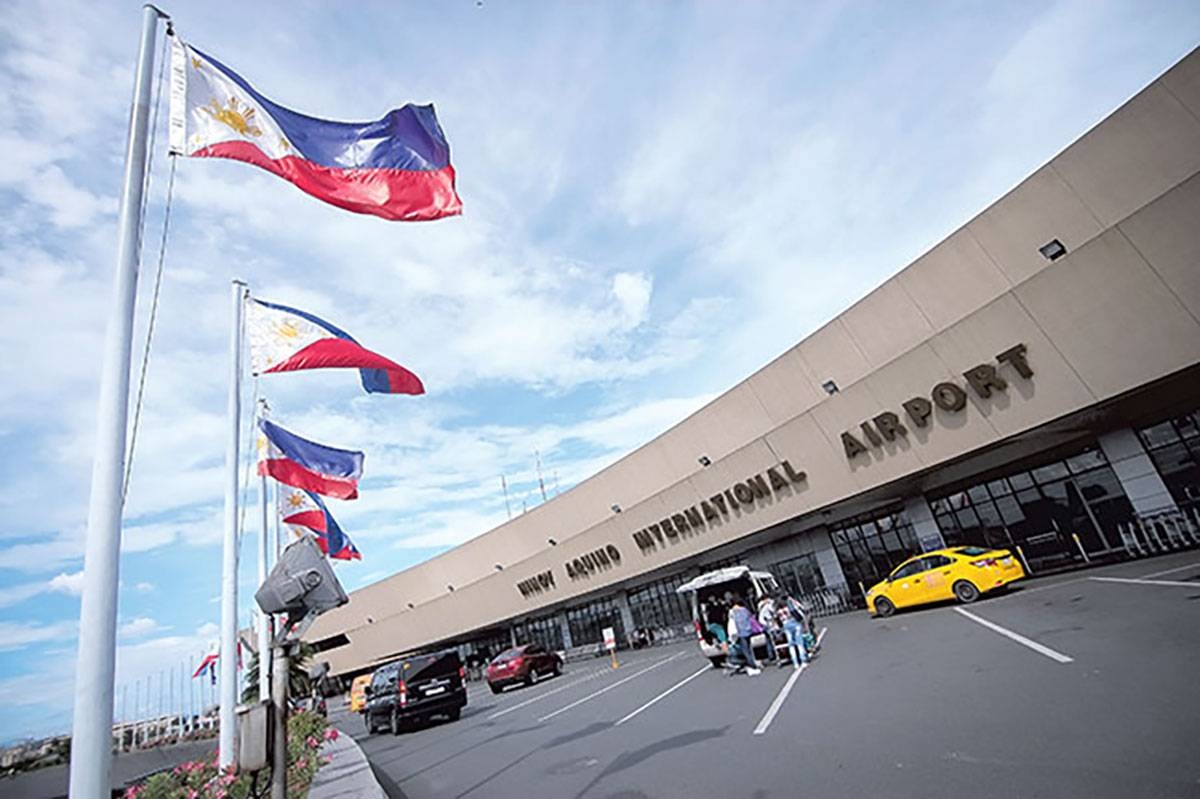The government will push through with the privatization of the Ninoy Aquino International Airport (NAIA), Transportation Secretary Jaime Bautista has announced.
“We have worked with the Asian Development Bank for the preparation of the terms of reference for the privatization of the Manila International Airport,” Bautista said during a briefing Wednesday.
He said he hopes the terms of reference (TOR) will be ready by the first quarter of 2023 “so we can entertain proposals from interested parties.”
Included in the TOR is the rehabilitation of NAIA, which Bautista acknowledges is overdue.
One of the improvements is to allow public utility vehicles to service passengers, especially in Terminal 3, which caters to domestic flights.
Bautista said there are areas that can be redeveloped, such as the parking spaces and an area in Terminal 3 that can be converted into a multilevel parking facility.
The semi-manual baggage handling system also needs to be fully automated, he said.
To ease congestion in some terminals, airlines might have to be reassigned, and a low-cost terminal might have to be built, Bautista said.
In 2018, a group of conglomerates known as the NAIA Consortium submitted a proposal to the Manila International Airport Authority (MIAA) to rehabilitate NAIA. Negotiations lasted over two years before collapsing in July 2020 when the consortium pulled out because of the Covid-19 pandemic.
In 2020, the Metro Pacific Investments Corp. of tycoon Manuel V. Pangilinan also withdrew from the public-private partnership (PPP) deal for the NAIA, citing viability concerns.
Bautista disclosed that several parties are interested in running NAIA.
“I told them let’s finish the terms of reference first. Because the terms of reference will define what we want for the airport. I always tell them that when we modernize our airports it should conform with global standards,” he said.
He said he wanted the tourists to enjoy the same services at NAIA that they experience in other major airports in Asia like Singapore, Hong Kong, Malaysia and Thailand.
“Meaning they should be able to earn a reasonable [amount] of their investment. We’ll make it investor-friendly. Our environment should be investor-friendly not only what is good for the government, but what is good for the passengers and what is good for the private sector,” Bautista said.
He noted that the implementing rules and regulations of the PPP law have been amended to introduce provisions that will protect the interests of the private sector.
“We also introduced the provision that if there is conflict or misunderstanding between the private sector and the government, there is this facility for mediation,” he said.
The terms and conditions of privatization that have been practiced by other countries will also be adopted, Bautista said.
He did not discount the possibility of shutting down NAIA and converting it into another facility, if passenger volume drops once new airports outside Metro Manila start operation.
San Miguel Corp. is building the P740-billion New Manila International Airport in Bulacan for completion in 2026.
The government of Cavite has also awarded an $11-billion contract to a consortium to upgrade Sangley Airport into an international gateway.
But NAIA’s “very good location” could still attract high passenger volumes, Bautista said. He cited Haneda Airport in Tokyo, Japan, which continues to operate despite the construction of Narita International Airport.
Bautista said that having a new operator does not mean that NAIA personnel will lose their jobs.
He said the MIAA will retain some employees, and others could be hired by the incoming operator.

